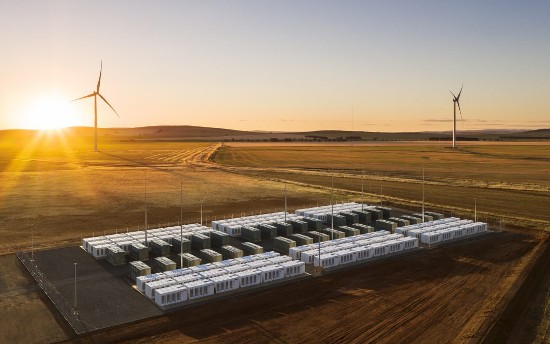Back in 2016, I described how the capital of South Australia, Adelaide, had devised a strategy to reduce its carbon footprint and create a green economy. The city created a contest for Australians to enter to find carbon reductions from energy, waste, transportation, and housing. It was called the Zero Carbon Challenge.
In 2019, I described how South Australia was adopting mass storage technology to provide reliable backup to renewable electricity projects. Among the projects being built was a 100-megawatt Tesla-designed battery system in Hornsdale, South Australia, billed as the world’s largest lithium-ion backup system. Another slated for completion in South Australia was a combination wind farm, solar array and a 900-megawatt battery, significantly larger than the one built by Tesla. Other mass storage installations in the works were to add over 410 Megawatts of battery backup to renewable energy sites. At the time the goal for South Australia was to generate continuous electricity to match demand without using fossil fuel power plants.
The Australian state’s transition to renewable energy sources has continued unabated with it having achieved in two decades a power supply that is now 60% coming from zero-carbon sources. This has been accomplished in an energy market where the state is not the owner of the power being delivered. But the state has been involved very much the way the U.S. Biden administration has through its Inflation Reduction Act incentives to businesses to get off coal, oil, and gas.
South Australia has done it by setting renewable energy generation targets, attracting private investors, and staying true and consistent in its environmental policies. Legislation to facilitate wind and solar farms has spurred development. The government has attracted mass storage developers to come and build facilities. Meanwhile, it has phased out coal-fired power plants while implementing programs to find new employment for industry workers.
There were hiccoughs in the beginning including energy price hikes and occasional blackouts, but the zero-emission script has continued to be followed. The result is the 2030 60% zero-emissions energy target has been reached seven years early. Today, the state has more rooftop solar energy than any other jurisdiction in the country. More than 40% of homes in 2020 already had rooftop solar installed and it was reducing demand from the grid by 13%. That number continues to grow causing wholesale electricity rates to fall. One expert noted that South Australia was able to provide 100% of its daytime power requirements from the volume of installed rooftop solar.
South Australia is aiming to reach 500% renewable energy capacity by 2050, exporting the surplus to neighbouring states. In May, it signed an agreement with New South Wales to build an interconnector to supply its neighbour with renewable-sourced energy.
If successful, South Australia will be the first jurisdiction of its size to achieve a zero-emissions grid with a mix of large-scale wind, solar, battery and distributed rooftop solar, an example for other states and nations to follow.
An article published by the Institute for Energy and Financial Analysis (IEFA), points to seven lessons other energy planners can learn from South Australia’s success. These include:
- Over 60% of annual demand can be attained using variable wind and solar energy sources meeting 100% of the need at certain times.
- Government policies and market conditions can lead to high adoption rates for renewable projects.
- Ambitious renewables plans can drive economic growth.
- Wind and solar energy projects can bring down wholesale electricity rates.
- System reliability and security can be maintained in a high renewables grid.
- Battery storage at the utility-scale can maintain grid reliability and security.
- High levels of rooftop solar can be managed successfully in a distributed network model.
















